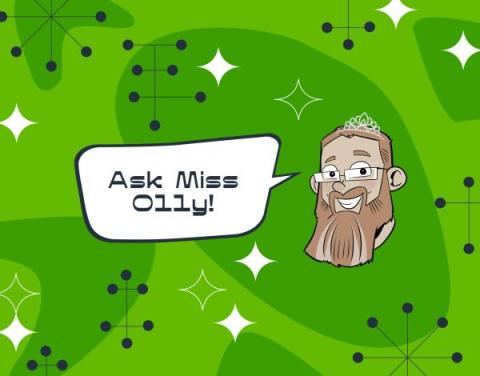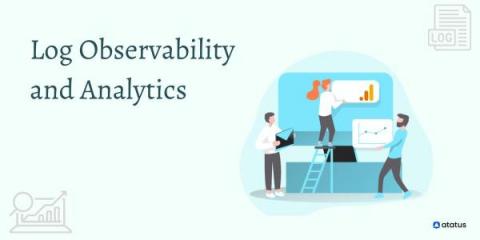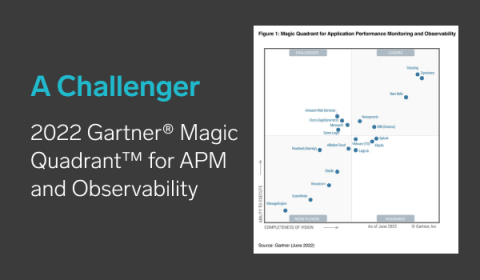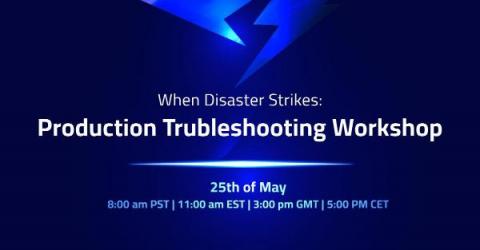Datadog named Leader in 2022 Gartner Magic Quadrant for APM and Observability
Gartner® has published the 2022 Magic Quadrant™ for APM and Observability, an annual report that evaluates vendors in this category. We’re honored that Datadog has been recognized as a “Leader” within this Magic Quadrant report for the second consecutive year, with the highest position for Ability to Execute.











